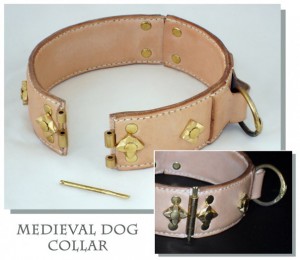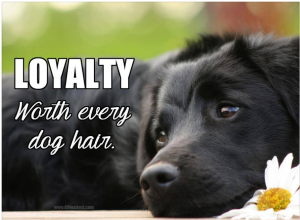 I attended a talk this semester called “Coats and Collars: Fashions for Animals in the Early Modern Period” that was held at Lafayette College. The talk was given by Dr. John Black Friedman who works at the Center for Medieval and Renaissance Studies at The Ohio State University.
I attended a talk this semester called “Coats and Collars: Fashions for Animals in the Early Modern Period” that was held at Lafayette College. The talk was given by Dr. John Black Friedman who works at the Center for Medieval and Renaissance Studies at The Ohio State University.
Dr. Friedman began to discuss the prominence of animal accessories at modern pet shops such as rhinestone collars and doggie sweaters. He stated that the reason we dress up our dogs in such a way is to assert their identity. We like to individualize our dogs. I thought this was interesting because the dog himself does not feel a need to assert his own identity. Instead, it is the owner who is projecting his or her own needs to be recognized as an individual onto the dog.
It is not just today that we feel a need to dress up our pets in order to show their identity, which is a projected version of our own identity. For example, dogs in the medieval period often wore the family coat of arms shown on their collar. We have evidence of this from various tapestries made during this era that showcased royal dogs. Some dogs also wore heavy gold collars to assert their owner’s wealth.
This class helped me realize that using dogs in order to assert your own wealth and/or identity means that you are viewing your pet instrumentally and not intrinsically.
References:
Friedman, John Black. “Coats and Collars: Fashions for Animals in the Early Modern Period.” Lafayette College. Skillman Library. 10 November 2014. Guest Lecture.


Recent Comments